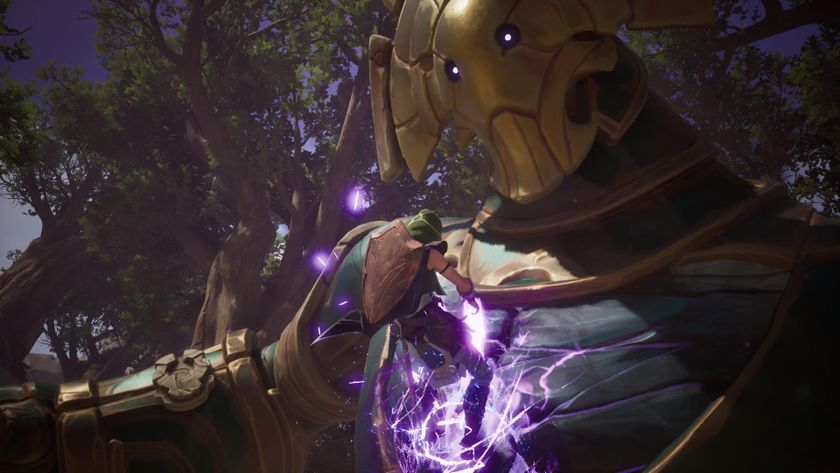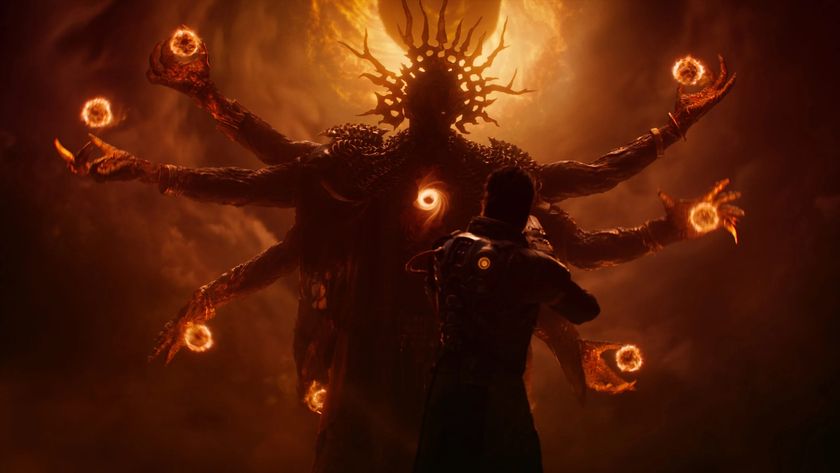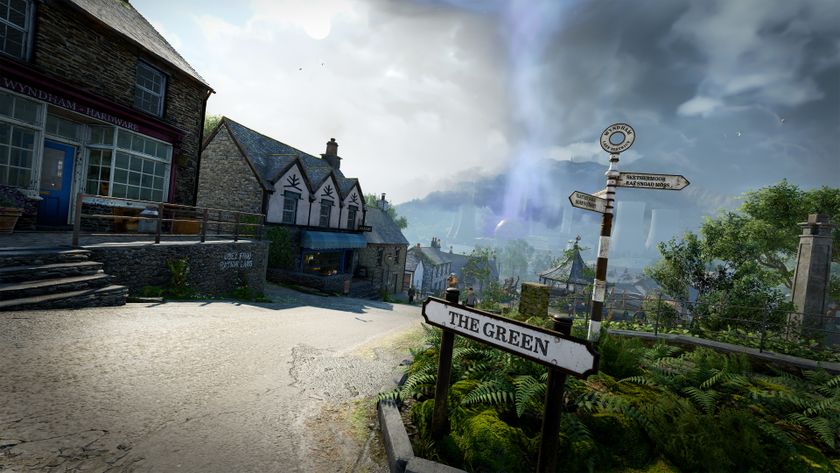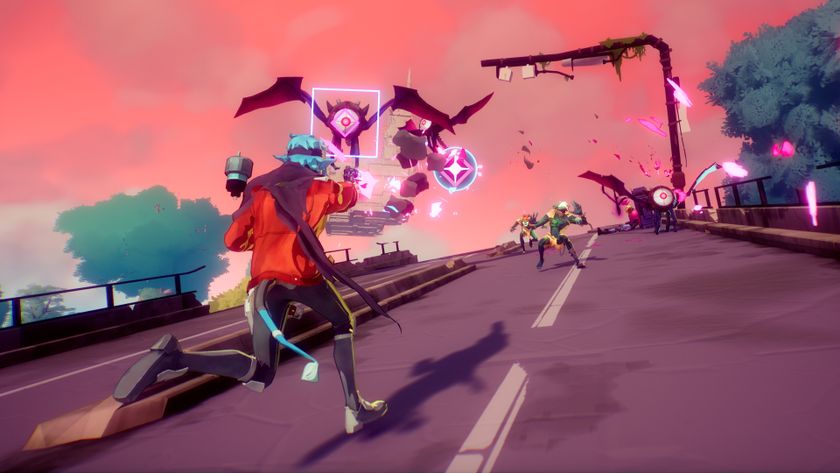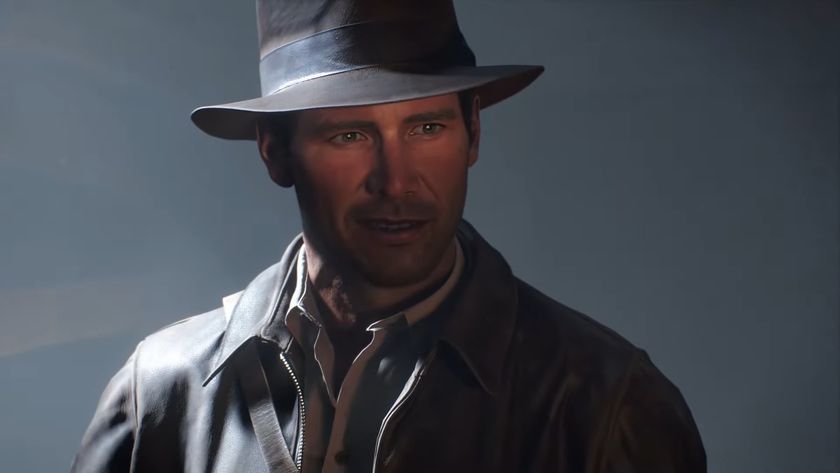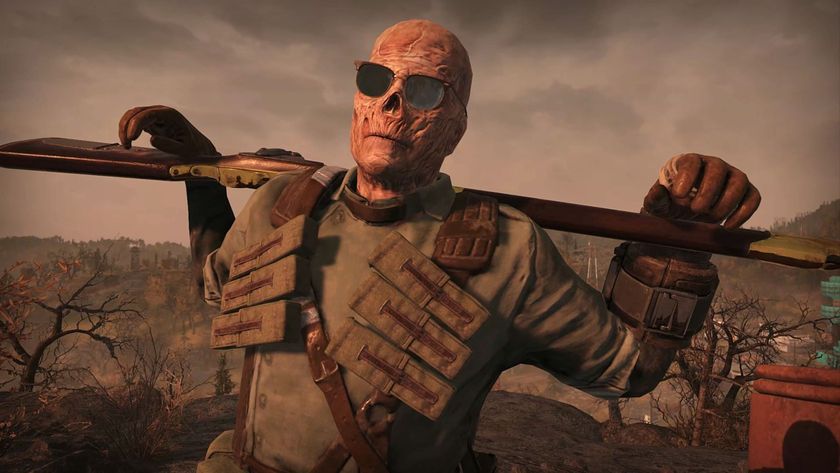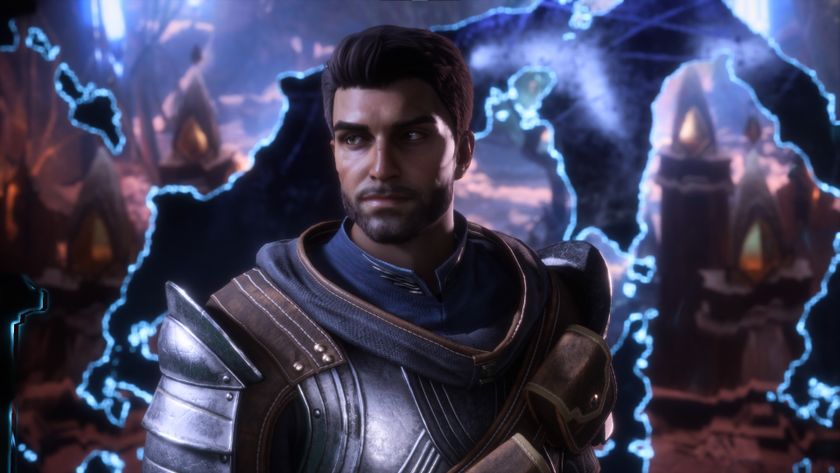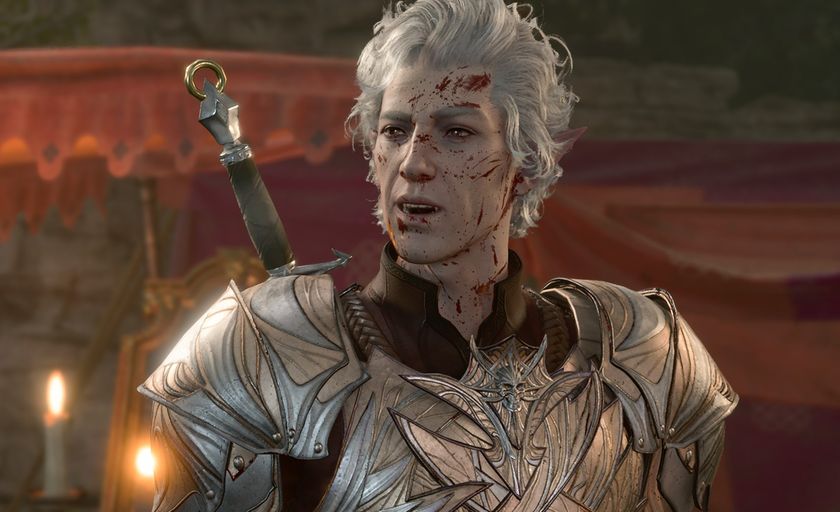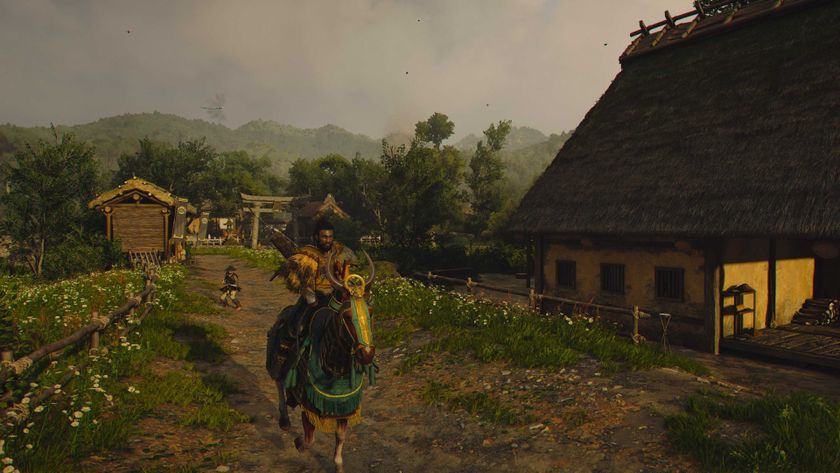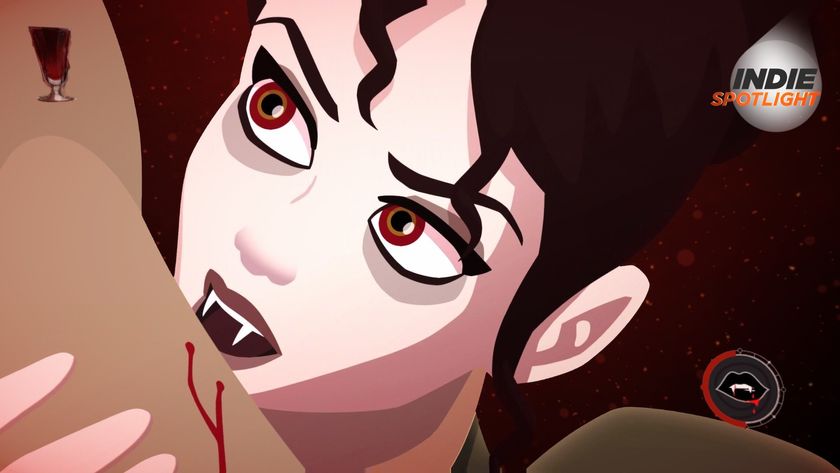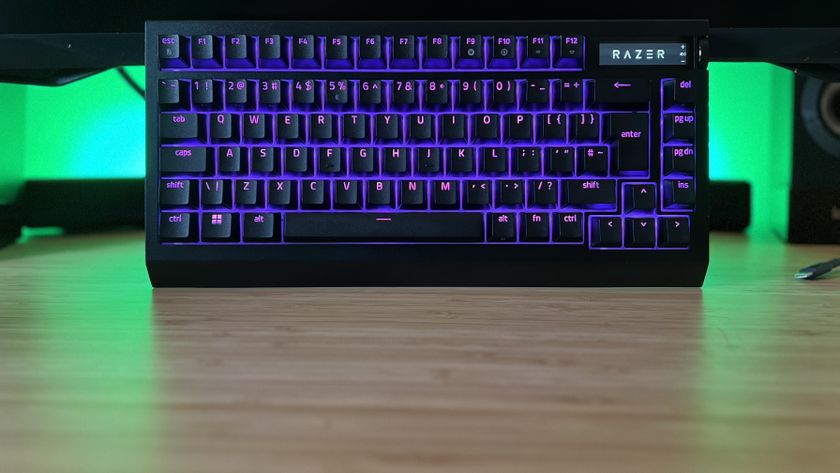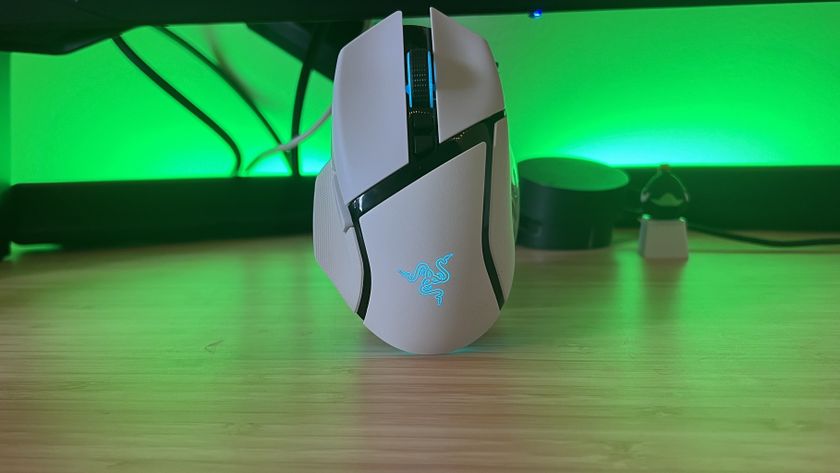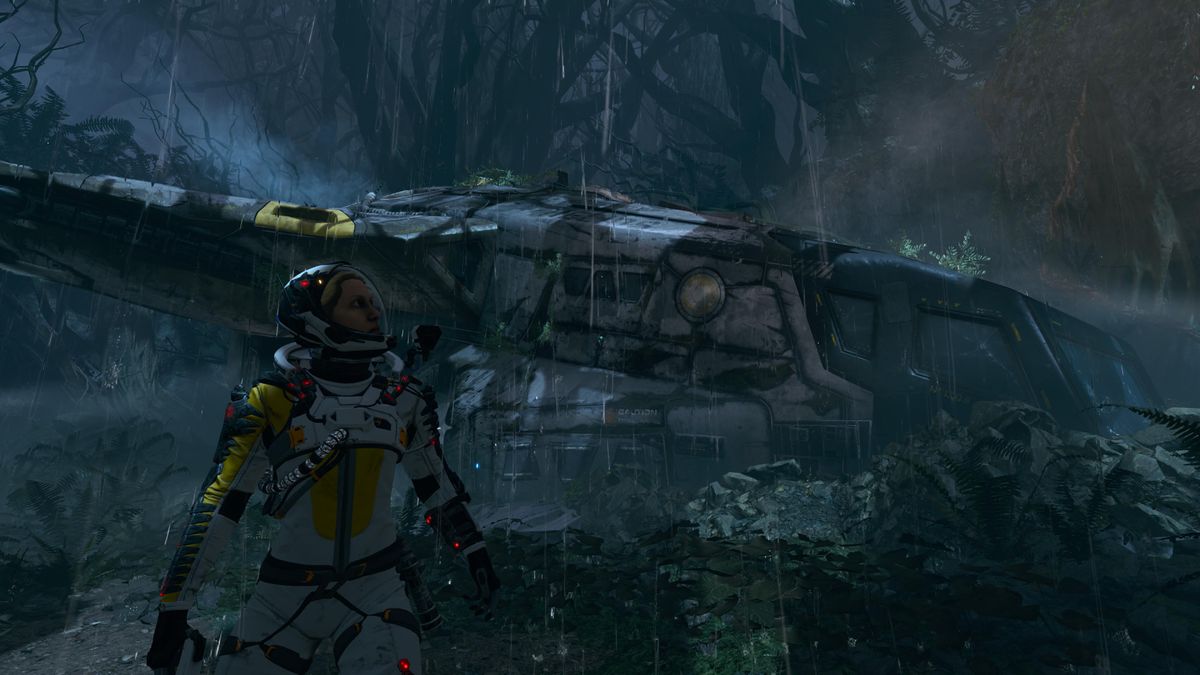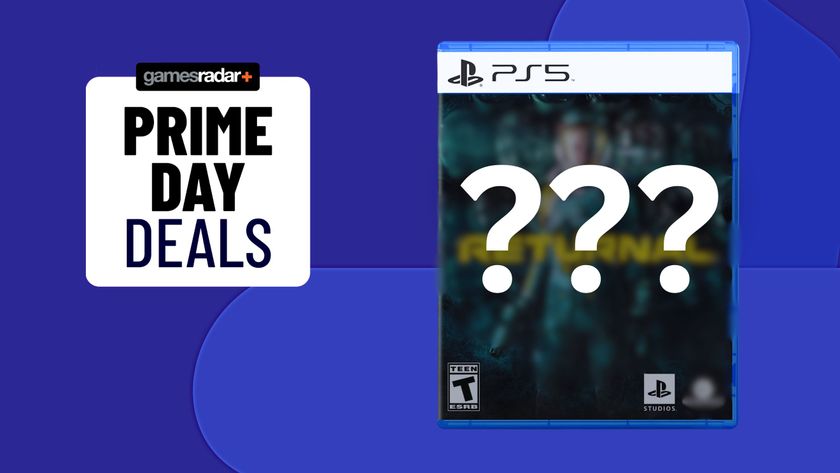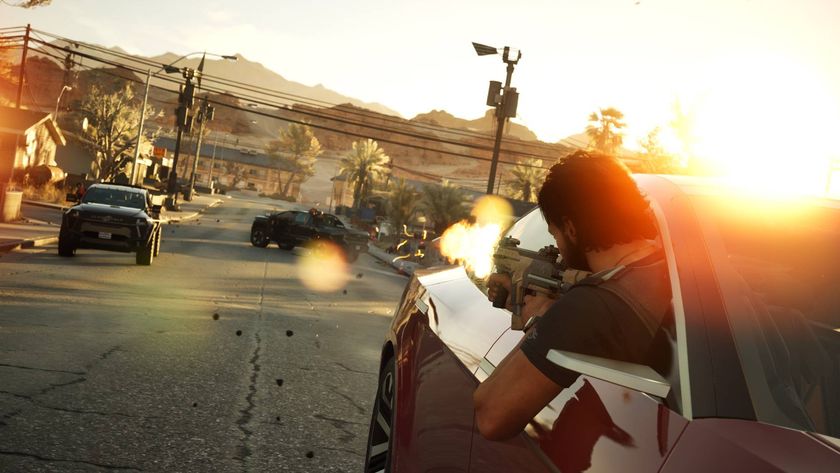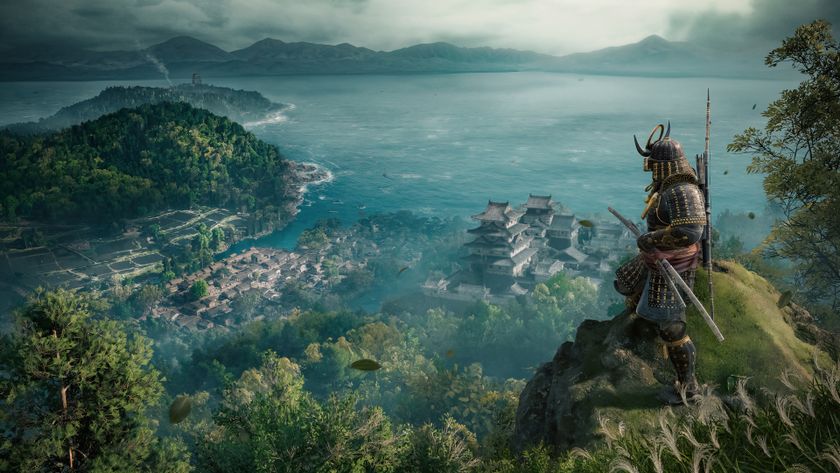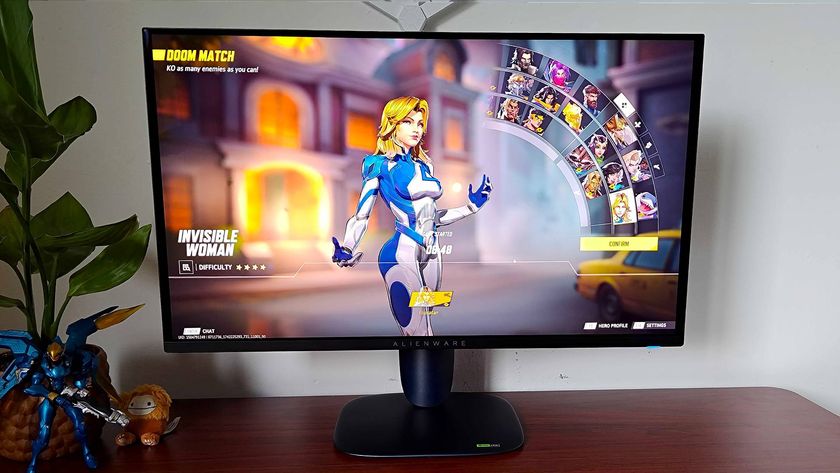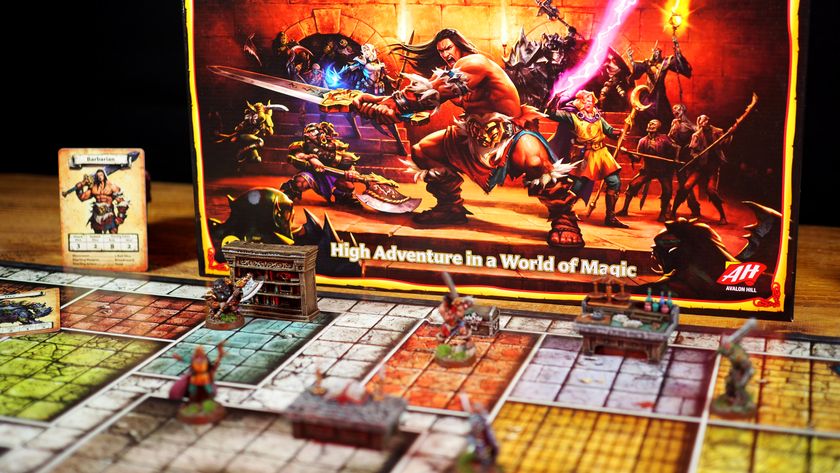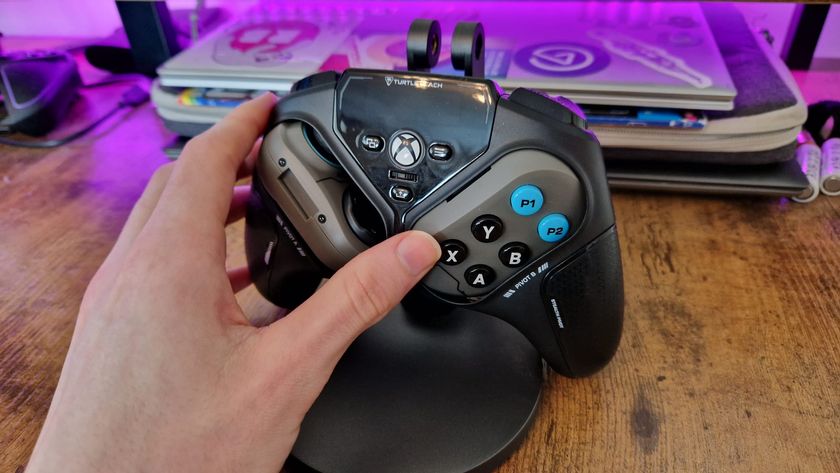12DOVE Verdict
Returnal can be messy, tough, and perhaps a little too uncompromising for a $70 game. And yet, despite the moments of pad-clenching exasperation, it remains a moreish experience even after you’ve plumbed its depths.
Pros
- +
Engaging action
- +
Intriguing story
- +
Makes full use of PS5 features
Cons
- -
Level design can frustrate
- -
Praying to RNJesus
Why you can trust 12DOVE
Returnal’s cycle begins abruptly. A crashed ship on a mysterious planet. No goals other than to chase a signal called the White Shadow. Only your wits and the discarded pistol of what looks like your own corpse to help you survive. By the time you’ve acquainted yourself with this roguelike’s basics, just about getting a handle of how quickly stranded astronaut Selene can glide through environments, a luminescent monster comes along to body you and start the real task of trying to break out of this Alien-meets-Groundhog-Day nightmare.
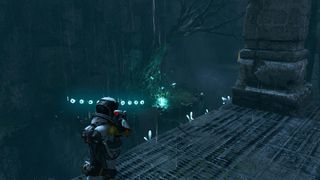
Release date: April 30, 2021
Platform(s): PS5
Developer: Housemarque
Publisher: Sony Interactive Entertainment
While Ridley Scott’s seminal classic might be the game’s most obvious visual reference - from the putrid egg-shaped wildlife to the dull green hum of the game’s menus - Returnal as a whole isn’t quite as easy to nail down. While the action is pure bullet-hell twitch adrenaline, with your screen teeming with fluorescent orbs that stand in stark contrast to the harsh, dark colors of the environment, the game’s story is elliptically told through brief, ominous flashes of life back on Earth. Add on a structure that is reminiscent of Hades, where death gives you just a scrap of new information each time, it all adds up to a real grab bag of influences. While they initially seem at odds with each other, they come together to create one of Sony’s most beguilingly weird blockbusters in a long time.
Living in your White Shadow
The main reason you’ll want to come to Returnal is the game’s combat, an evolution of Housemarque’s signature run and gun style that introduces a significant risk/reward dynamic. Killing enemies will increase Selene’s Adrenaline levels, which grant perks such as bigger active reload windows or enhanced melee attacks, but take one hit and you’ll have to build them up again. Add on a combination of well-balanced weapons and challenging enemies, which really sings once the screen is overflowing, and it’s a combat loop you’ll happily trap yourself in. In terms of the arsenal that Selene can find scattered around, although you start with a discarded pistol, there’s a range of guns to quickly discover that each comes with considered strengths and weaknesses. Over time, you’ll develop your own style of play thanks to the permanent traits you can unlock with them.
For instance, I tend to prioritize the Electropylon Driver (EPD), which deals damage over time and can be used to lay traps for enemies, with spikes that dig into the ground and a current connecting them if they’re close enough. This allows me to keep a healthy distance from enemies, knowing I can retreat and that they’ll still be taking damage if I’ve got a few hits on them. However, the EPD isn’t a great close-range weapon, and considering there are plenty of foes who will rush me, diving at my feet and exploding on impact, it means I have to be wary of letting myself get swarmed. Of course, if you’re more aggressive, you can focus on upgrading the traits of the Spitmaw Blaster, a powerful shotgun that’s devastating up close and a peashooter at range. No strategy is perfect and that allows for you to tackle Returnal in a way that suits you, without ever feeling like you’re getting an easy ride with your weapon.
Perfect organisms
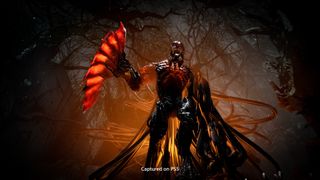
As you fight through the game’s six biomes, enemies present a real challenge, from cannon fodder that you’ll take out in a couple of hits to more complex sub-bosses that require agility and aggression to overcome. No creature represents an insignificant challenge, and each can take you down quickly, especially early on, which creates a real sense of jeopardy throughout each cycle, as you dive, weave, and (once you’ve unlocked the hook) grapple across contained areas. At full flow though, it hits the sweet spot of making you feel like you’re just about in control without ever feeling under-challenged.
However, there are frustrating issues that will have you moaning when you die. For one, the game never quite resolves the main problem with 3D bullet-hells, where you can be struck by a projectile that comes from off-screen. If that is a minor annoyance, then the design of arenas is more of an important one. The game’s environments, which are appealing enough to stave off any boredom from looking at them repeatedly, all have some degree of danger when it comes to bottomless drops. But on more than a few occasions, I found myself dashing back to avoid a wave of projectiles only to go tumbling because I couldn’t see the cliff behind me. I’ll happily admit that I’m not the most spatially aware at the best of times, but it does cheapen some of the otherwise excellent action.
Astro-fraught
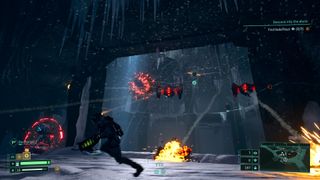
Similarly, these issues are also compounded by the RNG baked into the game’s structure. Every time you die in Returnal, you lose your gun, and any of the Parasites (critters that latch on and grant you a buff and debuff) you’ve found. There are a few permanent upgrades, but on the whole, progress is by and large reset with death. While that’s not uncommon in a roguelike, it does mean that cycles can be heavily influenced by what randomly spawns in, especially when some items are infected with malignancy, which means you can take them, but you’ll get a suit malfunction that makes the game harder, such as your map getting scrambled or an increased dash cooldown.
I struggled on my first few cycles, and then discovered a Parasite that gave me an auto-repair buff with damage from a long fall debuff. This is an extremely good perk with a quite soft caveat, and it meant I was able to get through the game’s first three worlds in one cycle by playing conservatively when I was on death’s door. While the balance can feel off on some runs, where you pick some handy attachments early on or limp on through without much to aid you, it doesn’t distract too much from that core combat loop.
Of course, Returnal isn’t all spraying and praying. Like Hades, it also wants to tell a complete story within the structure of a roguelike, and it’s this intriguing story that helps pull you through the more intense moments of frustration. Selene’s tale is told through Scout Logs you’ll find scattered throughout the worlds you explore, as well as first-person segments that put you inside her house (which has mystifyingly turned up on Atropos) and play like a simplistic P.T., all foreboding corridors and shifting environments. While trips into the house are very much Horror 101, a few misdirects followed by the occasional jump scare, they help create a sense of mystery that you want to unravel as you embark on each new cycle.
Selene it all before?
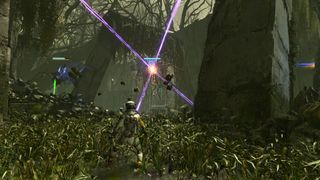
While the overarching themes, which start in sci-fi before slowly evolving into something far grander, intrigue, Selene’s character suffers from this isolation. While Hades created a cast of hilarious, fully-formed characters who are a joy to learn from, Returnal puts Selene front and center, with only her own voice for company throughout the game. She is a cipher for the most part, someone who is deathly determined to carry out her mission with seemingly little agency of her own. While this makes sense for what the story wants to do - and we’re not expecting belly laughs from a game about trying to escape a living hell of blasting away aliens on a distant planet - it does mean the human elements of her predicament don’t land quite as forcefully as they could have done.
I have to admit that, despite reaching the credits twice now, which comes with its own moment of partial resolution, there’s still plenty left for me to discover. The endgame has introduced new permanent items for me to hunt down, teasing further details and threads to tie off. While I’ve tried to keep details deliberately vague, Returnal touches on themes you might not expect from this sort of sci-fi setting and it’s a testament to what I’ve played so far that I’m keen to see how Housemarque brings them together.
DualSensed
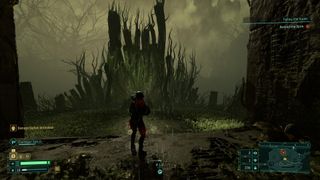
While Returnal is not a blockbuster at heart, it’s also Sony’s biggest PS5 exclusive since launch, and the game should satisfy anyone looking for an experience that gives their DualSense and headphones a workout. Rain feels like it’s coming through your controller with the pitter-patter effect of the DualSense, while a clever use of the triggers lets you aim by pulling the LT a little, and using a weapon’s alt-fire by bringing it in fully. Letting a volley of projectiles fly while your controller buzzes away is an endless simple pleasure. While 3D audio might be initially less noticeable, the little chittering of Parasites or booming drones in the distance all come together to sell the game’s alien environments more convincingly.
But while Sony has been keen to emphasize these elements of the game, it perhaps does a disservice to Housemarque’s fine action and compelling story. Returnal is a breakaway from the type of exclusive Sony has focused on in recent years, using a genre that has only recently come back into fashion as a starting point for a story that makes you work to understand it, offering plenty to chew on without wrapping it up neatly. It’s an unexpectedly daring step forward for a developer who has refined what makes its style so compelling while adding in new elements.
Returnal was reviewed on PS5 with code supplied by Sony.
More info
| Genre | Horror |

Ben Tyrer is a freelance games journalist with over ten years experience of writing about games. After graduating from Bournemouth University with a degree in multimedia journalism he's worked for Official PlayStation Magazine as a staff writer and games editor, as well as 12DOVE (hey, that's this website!) as a news editor. He's also contributed to Official Xbox Magazine, Edge, PC Gamer, GamesMaster, PC Games N, and more. His game of the year - no matter the year - is Rocket League.
